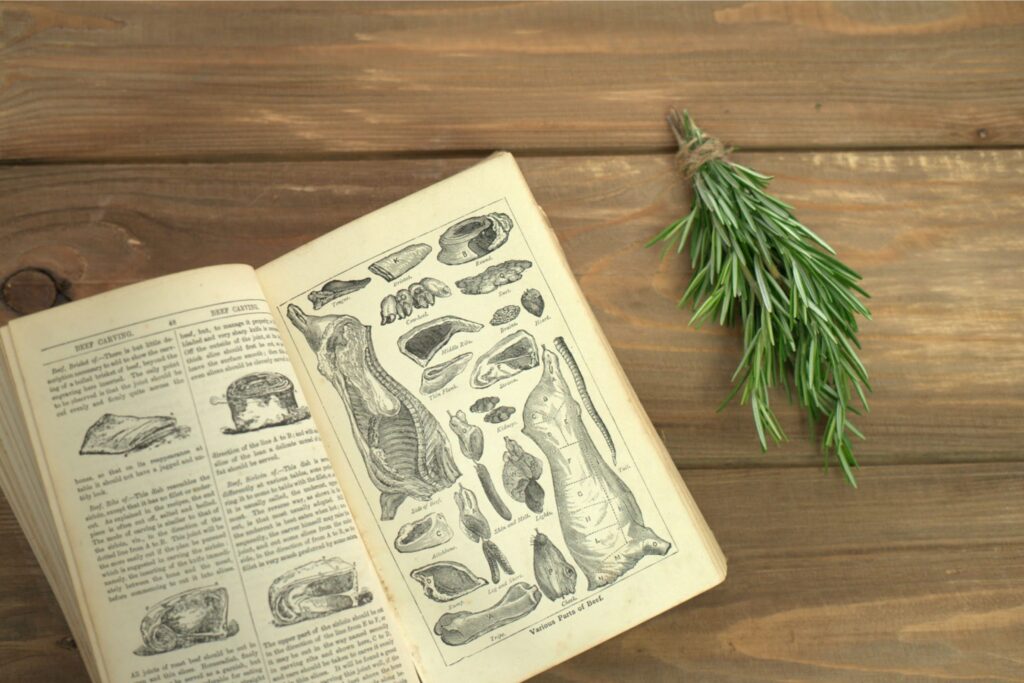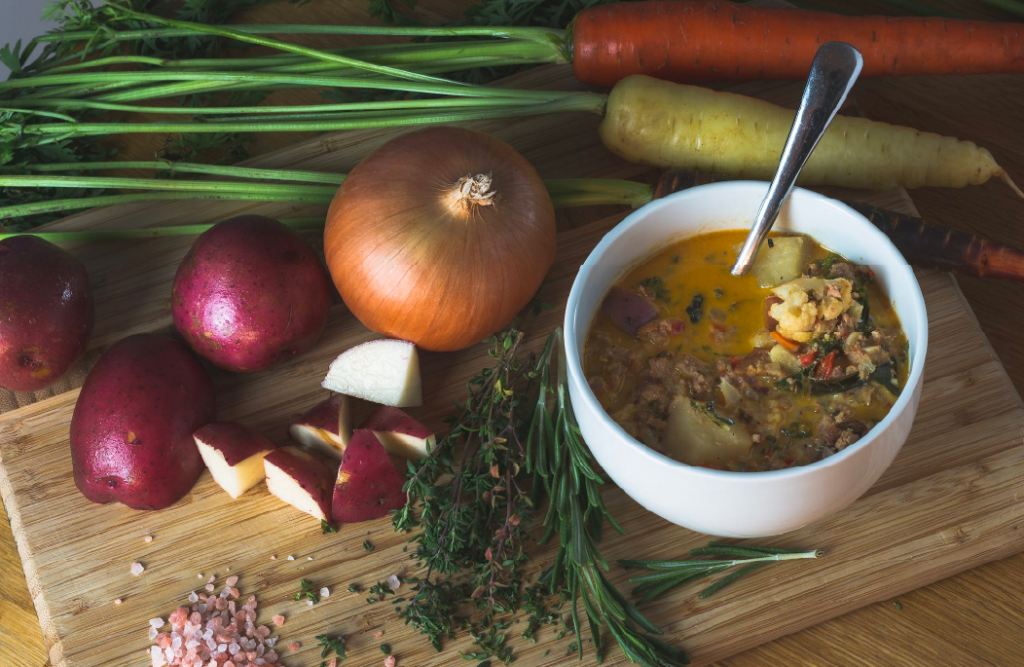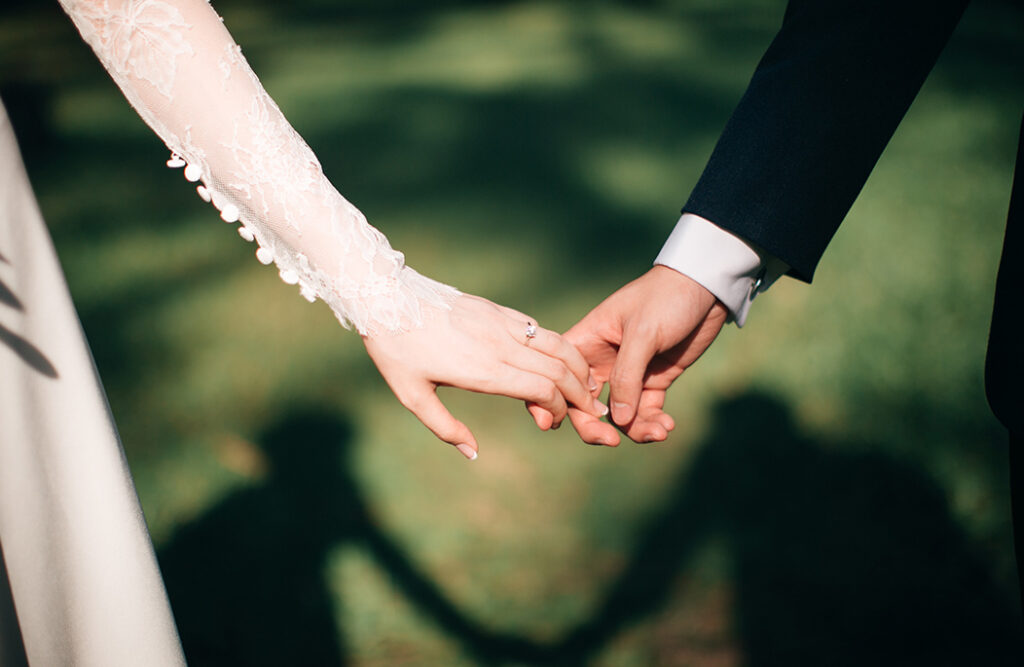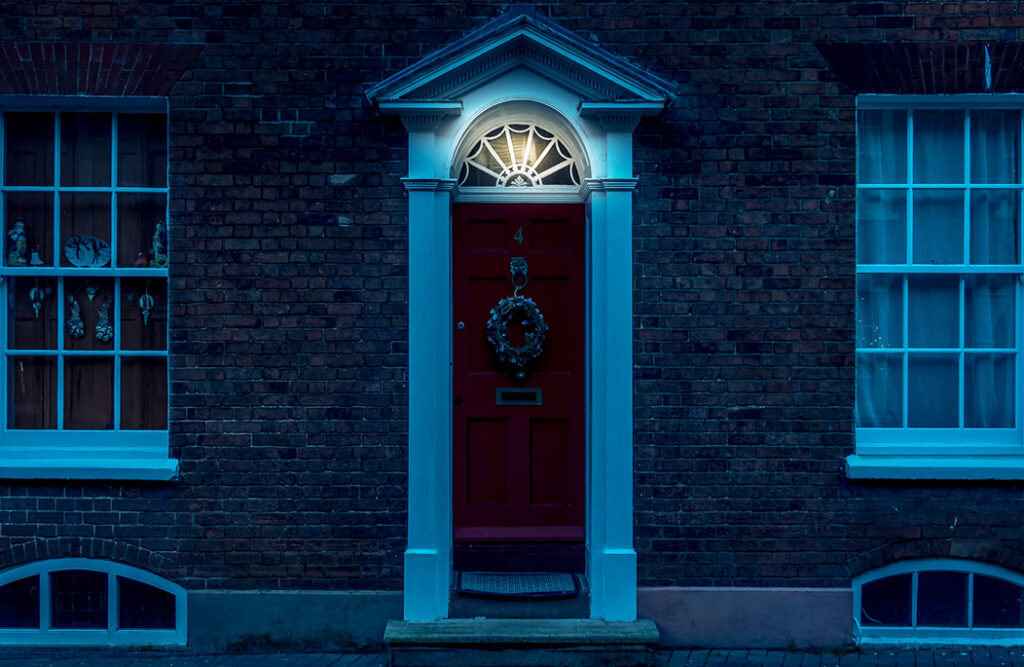The Victorian era was a time of great change – suddenly, people, ideas, objects and even food could travel long distances quickly, changing the face of the country and the dinner on the plate.
New cooking technologies meant that cooks could be more ambitious and the relative ease of finding ingredients – for richer households, at least – transformed diets. Publishing also played a part in informing the Victorian cook with books such as The French Cook: or the art of cookery developed in all its branches, written by French chef Ude in 1813, and Eliza Acton’s Modern Cookery for Private Families from 1845, offering tips and advice to home chefs.
It was, however, Isabella Beeton’s Book of Household Management from 1861 that revolutionised dining in households across the UK. Mrs Beeton brought, among many other things, the exotic flavour of curry into many dining rooms with her curried eggs.


Enter the first celebrity chef
Unsurprisingly, the first celebrity chef to cause ripples in the culinary world was French-born Alexis Benoist Soyer, the son of a grocer who served an apprenticeship in Paris before becoming the second chef to the French Prime Minister in 1830. Soyer later moved to Britain and became a favourite of the rich and famous, cooking for – amongst others – the Duke of Sutherland and the Marquess of Waterford.
During the Irish Famine, he established a soup kitchen in Dublin and served thousands of people for free before returning to London to start a similar project for the destitute silk weavers of the East End. Soyer became famous for innovation – he used a “magic stove” which was a tabletop cooker that allowed him to create moveable feasts. He also gave the army advice about how to avoid malnutrition in action during the Crimean War and pioneered the use of refrigerators cooled by cold water.
But what did Victorians eat? Suffice to say that they had some unusual Victorian recipes…


1. Soused pig’s face
The Victorians would take one pig’s head, boil it in a pot with calves’ feet, and then rub with salt before brining. If you’re thinking of serving this dish yourself, it’s traditional to serve the meat with mustard. And if you really want to treat your guests, remove the face from the bone, cover with jelly and serve as a delicacy. Just don’t have nightmares.
2. Spinach ice cream
Hiding healthy food in decadent desserts has become a bit of a trend in recent years, but the Victorians definitely did it first. Served as a sweet rather than a savoury course, the spinach is boiled and then added to a custard made from milk, egg yolks, and sugar.
3. Broxy meat
Broxy meat is the name given to meat – usually sheep – from an animal that dropped dead of disease. Kind of like mutton, but more horrible. Broxy was usually consumed by the poor, who couldn’t afford to buy any other cuts. However, sheep carried a lot of transferrable illnesses, which didn’t bode well for consumers.
4. Beef and lark pie
Stuff your larks (you’ll need 36 for every six guests, or six for every guest) with a mixture of breadcrumbs, mushrooms, suet and herbs bound together with egg yolk and then sauté 3lb of beef in a pan. Add stock, cover with puff pastry and bake. Do not invite ornithologists to dinner.
5. Sheep trotters
Skinned and parboiled, sheep trotters were a forerunner of kebabs – but in place of salad, there might be grass still embedded in the sheep’s foot.
6. Calf ear fritters
The Victorians were offally keen on offal. Nothing went to waste: a calf’s head was boiled, the brain was made into a sauce, and the ears were shaved and then deep-fried. Because no one wants to find a hair in their calf’s ear.
7. Brain balls
Exactly as it sounds. Pick your favourite flavoured brain.
8. Slink
The unborn calves or lambs of slaughtered animals were offered to customers as slink lamb or veal, useful protein for those who couldn’t afford better cuts of meat.
9. Jellied eels
A dish that has survived the fact that it looks so unappetising, jellied eels are as Cockney as it gets and are a favourite of any self-regarding Pearly King or Queen. Boiled eel in cold, fish- flavoured jelly: what’s not to like?
10. Foie gras ice cream
Cayenne pepper ice cream lined a duck-shaped mould which was then filled with foie gras. Heston Blumenthal eat your heart out.
To find out more about food and kitchens in the Victorian style, download the Adrian Flux Victorian Homes ebook for free. It is full of tips on how to create a Victorian style house — even if you live in a new-build home — and advice on where to source original Victorian and reproduction fixtures, fittings, furniture, accessories and art.
Looking to insure your Victorian Home?
Adrian Flux is a specialist insurance compnay offering bespoke cover for all period and Victorian homes. Call 0800 369 8590 got a fast and hassle-free quote.
Our home insurance customers saved an average of 31% in 2021 when taking out a policy with us. See how much you could save by giving us a call.











